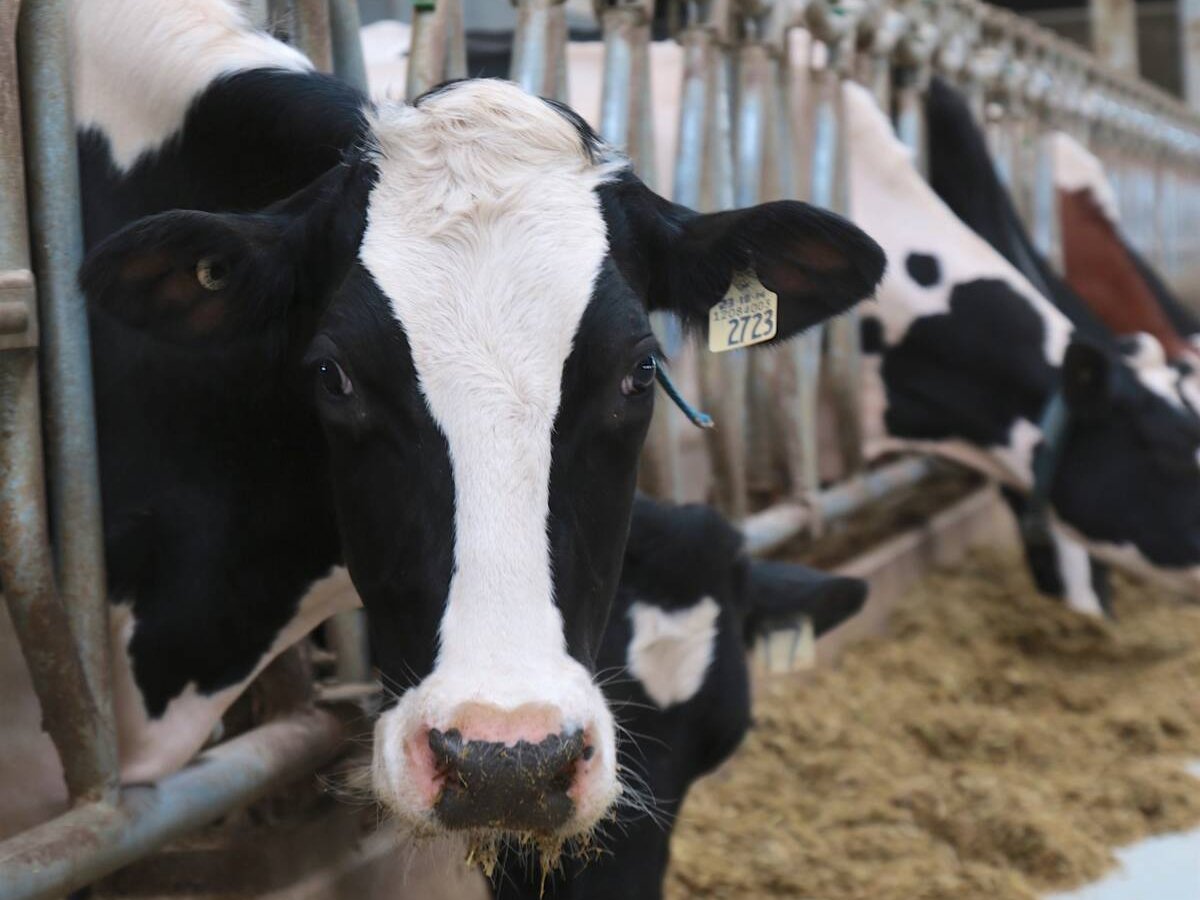EDMONTON – The loss of the popular low-cost herbicides 2,4-D, MCPA and mecoprop-p would cost Canadian farmers an additional $224 million in weed control, says a recent study.
Howard Mains, Canadian project manager of the phenoxy herbicide research task forces, said farmers would pay 131 percent more for herbicides if phenoxy herbicides were taken off the market.
The inexpensive chemicals aren’t about to be pulled from farm supplies stores any time soon, but Main’s group wanted farmers to realize the herbicides’ benefits if regulations forced their removal.
Read Also

The Organization for Economic Co-operation and Development lauds Canada’s low farm subsidies, criticizes supply management
The Organization for Economic Co-operation and Development lauded Canada’s low farm subsidies, criticized supply management in its global survey of farm support programs.
Mains said the object of the study was to identify how badly phenoxy herbicides would be missed if they were not available in Canada. The study focused on wheat and barley markets in Alberta, Saskatchewan, Manitoba and Ontario and looked at non-crop uses such as railway right of ways and the lawn and turf sector.
“Having access to low-cost crop inputs remains vitally important,” Mains told farmers during the Farm Tech 2007 conference in Edmonton.
The three phenoxy herbicides accounted for 69 percent of expenditures in 2005 on post-emergent broadleaf herbicides for wheat and barley in the western provinces. In Ontario, 2,4-D and MCPA account for slightly more than 50 percent of all herbicides used on Ontario grain farmers, said the report.
The three products are chlorophenoxy acids that were developed in the 1940s and 1950s as growth-regulating herbicides for broadleaf weeds.
Canada registered 2,4-D in 1946 and it remains one of Canadian farmers’ most important herbicides.
The herbicides are inexpensive and used widely by farmers in tank mixes to control a variety of post emergent weeds.
Almost more important than their low cost is that few weeds are resistant to the herbicides after 60 years of use.
“Weed resistance in phenoxy has grown very slowly,” said Mains, who pointed to the quick development of herbicide resistance in other chemicals.
“This underscores the immeasurable benefits of phenoxy.”
The study showed that if 2,4-D were not available it would cost an additional $55.9 million, or 101 percent over current costs, for a replacement herbicide.
If MCPA were not available it would cost an extra $55.5 million, or 48 percent over current costs. The loss of MCPP-p would cost $6.2 million or an additional 58 percent.
Harvey Krahn of La Crete, Alta., said the phenoxy group of herbicides is an important part of the chemical mixture on his farm.
“I work with forage and they have an excellent fit in forage,” he said.














